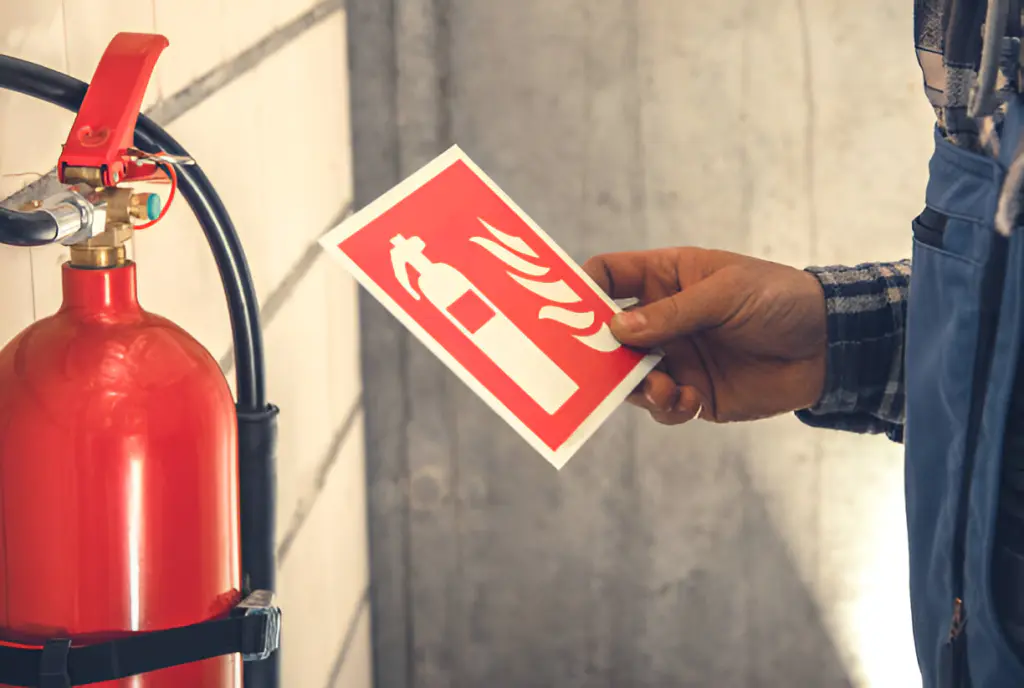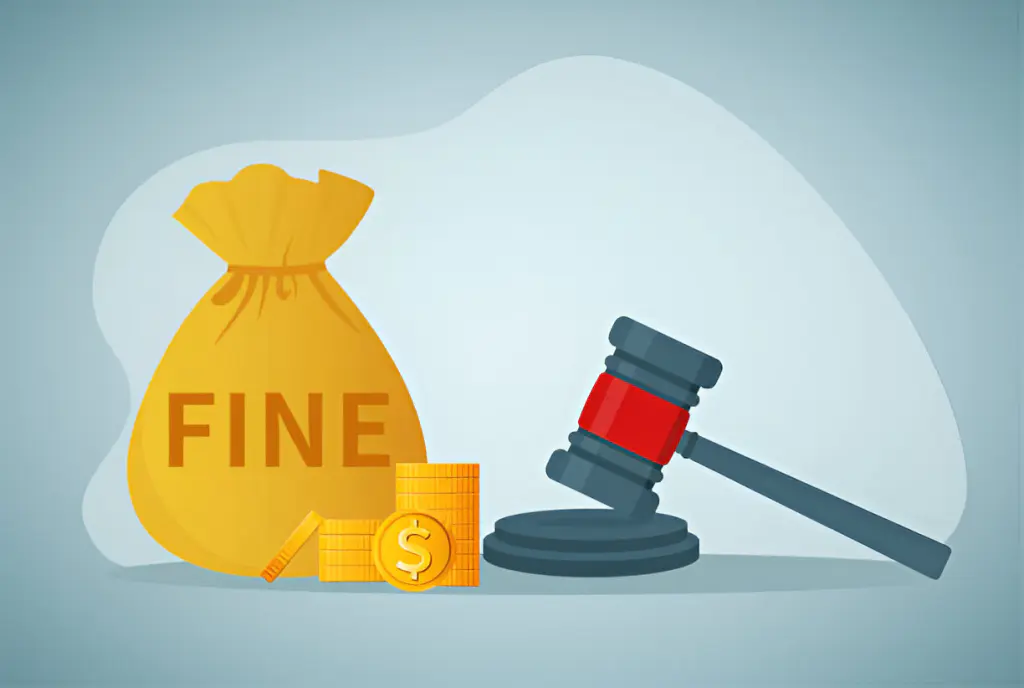You’ve likely strolled through fire exits or spotted extinguishers mounted on walls without giving much thought to the regulations that mandate these safety measures. While you’re aware of their presence, do you fully understand the complexities and legal implications of fire safety regulations that govern them? These rules aren’t just bureaucratic red tape; they’re vital shields against potential disasters, tailored by grim lessons from past tragedies. Consider how these regulations impact your daily environment and why staying informed could be more crucial than you think. What might happen if these guidelines were suddenly absent? Let’s understand Fire Safety Regulations.
Understanding Fire Safety Codes
Understanding fire safety codes is essential for ensuring the safety and compliance of any building or facility. You must grasp the current standards and the evolution of fire code history to fully appreciate the intricacies involved. Originally, fire codes were reactionary measures, formulated after significant fires that exposed the vulnerabilities in architectural and urban planning practices.

Over time, these codes have transformed into a complex set of preventative measures that integrate advanced fire safety technologies and methodologies.
As you delve deeper, you’ll find that local ordinances play a pivotal role in shaping the specific requirements that your building must adhere to. These ordinances are often adaptations of broader national codes, tailored to address the unique risks and challenges of the local environment.
It’s crucial to understand that compliance isn’t merely about adhering to a static set of rules; it’s about actively engaging with ongoing legislative changes and updates that reflect new findings and technological advancements in fire safety.
To master fire safety codes, you should consistently monitor these changes and understand how they impact your specific context. Engaging with local fire safety seminars, workshops, and consultations with experts can provide you with the insights and foresight necessary for maintaining compliance and ensuring safety.
Key Components of Fire Safety
Key components of fire safety form the backbone of effective fire prevention and response strategies in any establishment.
As you delve deeper into these essentials, you’ll not only enhance your understanding but also improve your capability to safeguard your environment against fire risks.
Here are four critical elements you must focus on:
- Comprehensive Fire Risk Assessments: Regularly conduct these assessments to identify potential hazards within your premises. This proactive approach allows you to address risks before they escalate into real threats.
- Robust Evacuation Plans: Develop clear and efficient evacuation plans tailored to your building’s layout. These plans should be easily understandable and accessible to all occupants, ensuring everyone knows how to exit safely during an emergency.
- Installation of Fire Suppression Systems: Equip your establishment with appropriate fire suppression tools such as sprinklers and fire extinguishers. Regular maintenance checks are crucial to ensure they’re operational when needed.
- Regular Fire Safety Training: Conduct training sessions for all employees. These should cover how to use fire suppression equipment effectively and execute evacuation plans swiftly.
Each component is integral to not just meeting legal requirements but truly protecting lives and property.
Mastery of these areas will significantly reduce the likelihood of fire incidents and bolster your overall safety strategy.
Regulatory Bodies and Enforcement
Regulatory bodies actively enforce fire safety protocols to ensure compliance with national and local laws. You’re dealing with a complex landscape where multiple agencies collaborate and sometimes overlap in their duties. This intricate network of regulatory frameworks is designed not merely to prescribe standards but to actively monitor and enforce them.
These bodies range from municipal fire departments to national safety oversight organizations, each wielding authority to conduct inspections, implement regulations, and impose penalties. Understanding the scope of their power is crucial. These authorities don’t just issue guidelines; they have the legal right to enforce them.
You’ll find that their actions can include routine checks, comprehensive audits, and, in cases of non-compliance, stringent penalties. This isn’t just about checking fire extinguishers or escape routes; it’s about a holistic enforcement approach ensuring every aspect of fire safety is up to the mark.
However, you’ll encounter enforcement challenges that stem from resource limitations, jurisdictional ambiguities, and varying interpretations of regulations. These issues can complicate the enforcement process, making it less predictable and uniform.
Navigating this requires not only awareness of the rules but also an understanding of how they’re applied and enforced in real-world scenarios.
Compliance and Legal Implications
Ensuring compliance with fire safety regulations is crucial for your business’s legal standing and overall safety. Non-compliance not only heightens the fire risk but also significantly increases your legal liability.
Here are essential steps to ensure you meet the required standards:
- Conduct Regular Risk Assessments: Regularly evaluate your premises to identify potential fire hazards. This proactive approach helps in mitigating risks before they escalate into serious issues.
- Implement Comprehensive Safety Protocols: Develop and enforce strict fire safety protocols based on the latest regulations. These should include emergency exit routes, proper signage, and regular fire drills.
- Maintain Fire Safety Equipment: Ensure that all fire safety equipment, including extinguishers, alarms, and sprinkler systems, are in excellent working condition. Regular maintenance is key to effective fire safety management.
- Train Your Staff: Provide thorough training for all employees on fire safety procedures. They should know how to react swiftly and correctly in case of a fire to minimize damage and protect lives.
Compliance isn’t just about avoiding legal repercussions; it’s about actively safeguarding your assets and personnel from fire hazards.
Mastery of these guidelines ensures that your business not only complies with the law but also promotes a culture of safety and responsibility.
Common Violations and Penalties
Understanding common violations of fire safety regulations can help you avoid hefty fines and potential legal consequences. Common infractions include inadequate access to fire exits, improper storage of flammable materials, and failure to maintain fire extinguishers. Each of these can be easily flagged during routine safety audits or fire inspections.

When violations are identified, penalties can range from fines to more severe legal repercussions, depending on the severity and frequency of the infractions. For instance, obstructing fire exits not only results in fines but can also lead to criminal charges if deemed negligent.
Similarly, ignoring the maintenance requirements for fire suppression systems can exacerbate penalties, reflecting the increased risk posed to property and life.
You’re expected to adhere strictly to fire codes, which are rigorously enforced during fire inspections. These inspections are designed to identify potential hazards before they lead to emergencies.
Regular safety audits provide a framework for compliance, helping you to systematically address and correct any deviations from the established standards.
Role of Fire Safety Equipment
While strict adherence to fire codes helps prevent common violations, the role of fire safety equipment in safeguarding facilities can’t be overstated.
You’re responsible for ensuring that all equipment is operational and adheres to the latest safety standards. Here’s how you can maintain vigilance:
- Regular Fire Extinguisher Maintenance: Check each fire extinguisher monthly for accessibility, proper pressure, and signs of damage. Ensure they’re serviced annually by a certified professional to guarantee functionality when needed.
- Proper Smoke Detector Installation: Install smoke detectors on every level of your building, including basements and sleeping areas. Test them monthly and replace batteries annually or as needed to ensure they’re always ready to alert you to danger.
- Clear Signage: Place clear, visible signs indicating the location of fire extinguishers and emergency exits. This helps in quick orientation during an emergency.
- Accessibility: Ensure no equipment is blocked or obscured by furniture or storage items. Easy access can significantly reduce response times during a fire outbreak.
Your proactive approach to these tasks won’t only comply with stringent fire safety regulations but also provide a safer environment for everyone in your facility.
Training and Education Requirements
How well is your team prepared to handle a fire emergency? Adequate training and education are essential to ensure everyone knows their role and responsibilities when a fire breaks out.
You must regularly conduct fire drills to test and improve your emergency plans. These drills not only familiarize your staff with evacuation routes but also help in identifying any potential improvements in your emergency response strategy.
Each member of your organization should receive comprehensive training on the use of fire extinguishers, the importance of maintaining clear egress paths, and the specifics of your facility’s fire alarm systems.
It’s crucial that this training isn’t a one-time event but a continuous process, updated with the latest fire safety protocols and equipment introductions.
Moreover, education on fire safety should include understanding the different types of fires and the corresponding extinguishing methods.
This knowledge ensures that your team can react swiftly and appropriately, reducing potential damage and ensuring personal safety.
Conclusion
You must prioritize adherence to fire safety regulations to protect lives and property. Regularly update your risk assessments and ensure your evacuation plans are foolproof. Stay compliant by installing and maintaining necessary fire suppression systems and attending mandated training sessions. Remember, non-compliance can lead to severe penalties. By investing in proper fire safety equipment and education, you’re not just following the law; you’re fostering a culture of safety that could save lives.









